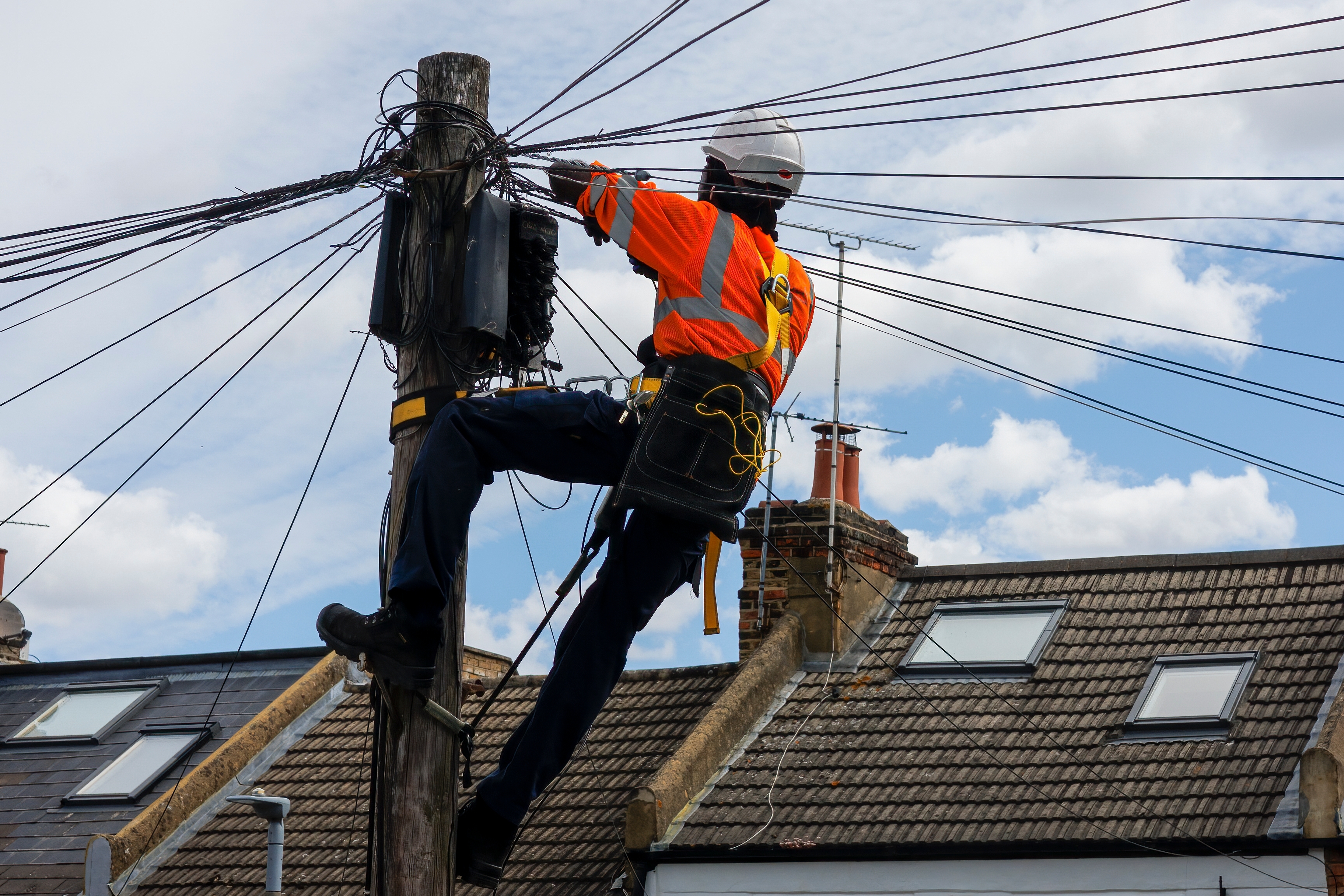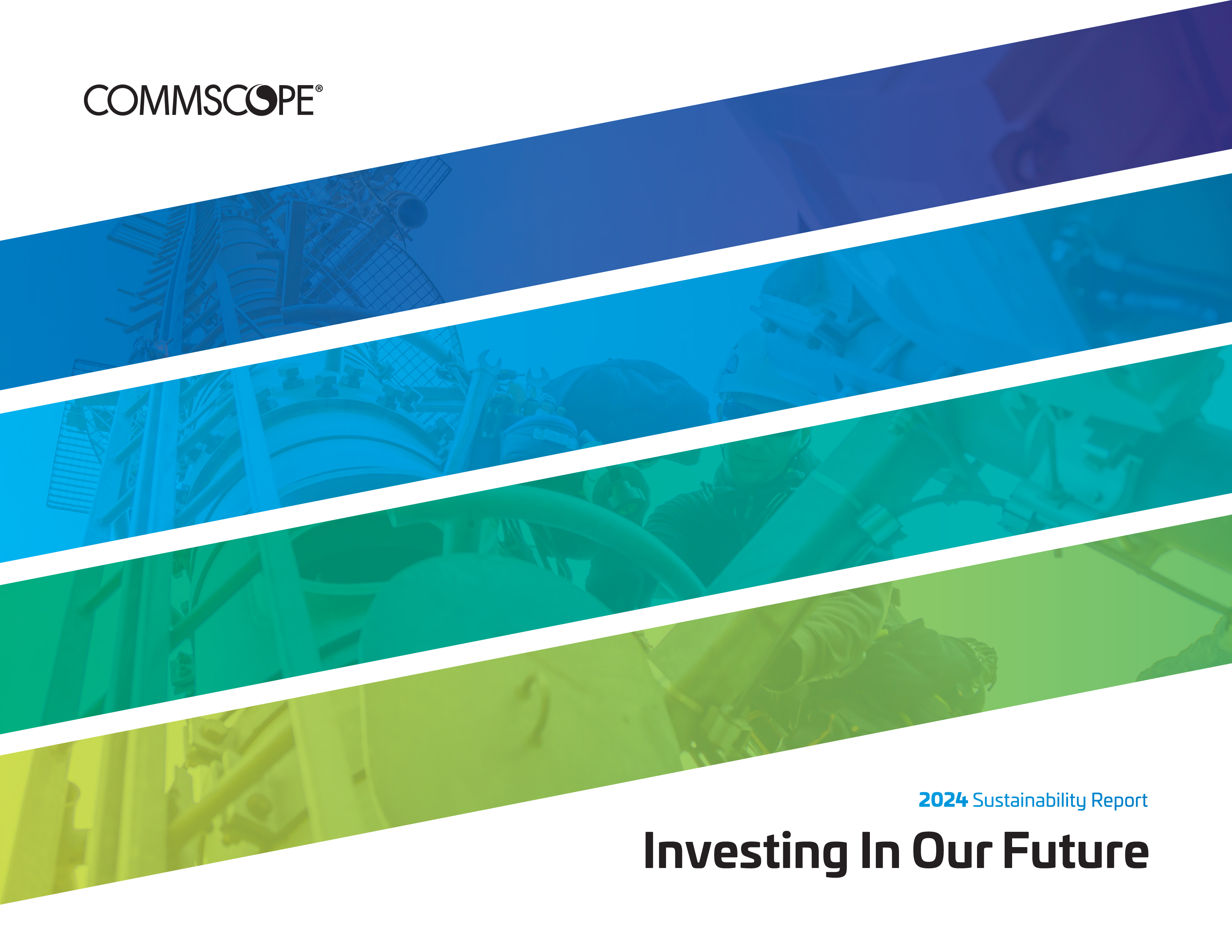 Since the launch of the Chinese language version of CommScope's website, I've been lucky to meet with a number of users and netizens who have shared their experiences. It's been very positive and I hope we can continue using this site to exchange ideas and views about the construction of an enterprise network infrastructure.
Since the launch of the Chinese language version of CommScope's website, I've been lucky to meet with a number of users and netizens who have shared their experiences. It's been very positive and I hope we can continue using this site to exchange ideas and views about the construction of an enterprise network infrastructure.
Many readers of this article are thousands of miles away, but that doesn’t prevent us from exchanging ideas. In fact, this is the beauty of information technology. It makes communication, exchange, sharing and learning an integral part of our life.
However, information technology brings with it difficulties alongside the positive aspects. For example, the data center managers of IT departments are now under lots of pressure to improve energy efficiency and lowerthe overall cost of their data centers.
Did you know that even your data has an environmental footprint? Time Magazine recently published an article called "Your Data Is Dirty: The Carbon Price of Cloud Computing", introducing concepts like "Pure Data" and "Dirty Data." Since data is managed and stored in servers or other infrastructures driven by electricity, the article states that "if the electricity is generated by coal, natural gas or other fossil fuels, then cloud computing leaves a dirty trail behind it."
Driven by cloud computing, the Internet of Thingsand 4G technology, the data storage and computing power of data centers are rapidly growing. This means there will be even more “Dirty Data” as we continue to develop.
Unfortunately, most data centers do not have the means of operating by wind, solar, hydroelectricity or any other clean energy like what Amazon and Google accomplished with their data centers. This places administrators in a tricky situation; on the one hand, they are being asked to deal with ever-increasing infrastructure, yet on the other hand they must deal with the social responsibilities this entails.
While improving their operating efficiency, many data center managers struggle with trying to reduce their energy consumption and the costs of their data centers. In fact, even if you manage a 100 percent clean energy-powered data center, you still need to consider its long-term efficiency, cost and other issues.
Pike Research predicts that the wide use of energy-efficient data center technology may significantly limit the amount of greenhouse gas produced by data centers over the next few years.It also predicts that by 2016, the market for green data centers will reach more than $45 billion.
CommScope is working with many data center managers to seek better ways to reduce the complexity of data centers, improve their operational efficiency and reduce their energy consumption and costs. In my opinion, we can already see the results of this work through the technologies provided by CommScope’s iTRACS and Redwood solutions.
While many IT companies are trying to improve their hardware performance and storage capacity, CommScope hopes to create a sustainable data center for IT departments in enterprise-level businesses through more innovative and flexible solutions and technology, while reducing its possible impact on the environment. We hope that IT does not become a major polluter, and to achieve this goal requires the joint efforts of various businesses.
What do you think it will take to achieve the goal of providing a greener data center?






